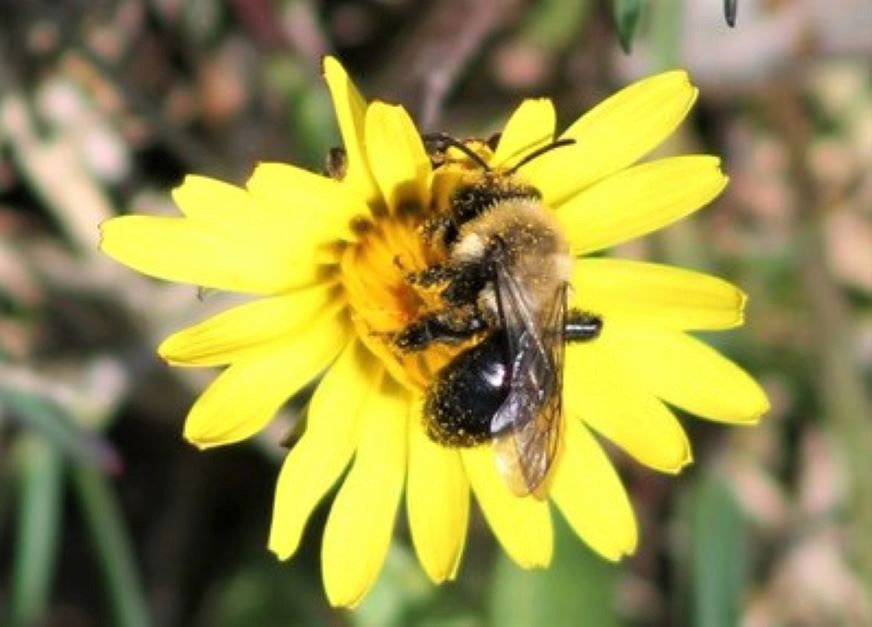The California Pollinator Coalition is broadening its collaboration between agriculture and conservation groups to improve the health, diversity and number of pollinators on working lands. Organized by Pollinator Partnership, the California Department of Food and Agriculture, the Almond Board of California, California Farm Bureau, California Association of Pest Control Advisors, Environmental Defense Fund, Western Growers and others, the coalition hopes for “even more collaboration among interests who have not always been aligned, but who are willing to come together in partnership to confront common challenges,” according to a release. The result will be on-the-ground improvements, technical guidance, funded research, documentation of relevant case studies, and tracked progress toward increasing healthier pollinator habitats. California is home to more than 1,600 native bees and hundreds of other species of pollinating insects. Globally, pollinators provide service to more than 180,000 different plant species, more than 1,200 crops, and are responsible for producing an estimated one out of every three bites of food. "What we are doing in California is acknowledging the urgency to address the critical issue of protecting all pollinators, including native and managed species," said Laurie Davies Adams, President and CEO of Pollinator Partnership. "Agriculture and conservation must work together to achieve this goal, especially when we will be facing many of the same issues – increasing temperatures, erratic and unpredictable weather, fires, drought, soil depletion, and more. The outcome will not be a tidy report that sits on a shelf, but rather a metric of acres, projects, and species added to the landscape while agriculture continues to profitably feed the nation." Josette Lewis, Chief Scientific Officer of the Almond Board of California, said, this work “will require a robust and sustained effort, but we are determined to be part of the solution. Almond growers and many other farmers depend on pollinators to produce a crop and pollinators depend on us to provide safe habitat. Working lands can and should be part of the solution."
For more news, go to: www.Agri-Pulse.com


